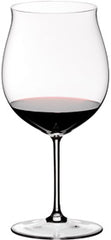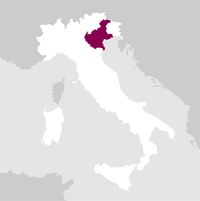Awards
Details

Perfume

Color

Taste
Serve at:
16 - 18 °C.
Longevity:
15 - 25 years
Decanting time:
1 hour

Pairings
- Start up year: 1999
- Oenologist: Matteo Mazzoldi
- Bottles produced: 150.000
- Hectares: 30
Re-establishing an ideal habitat where people and nature are in perfect symbiosis is, in fact, the idea of a new humanism of the earth, of which Celestino Gaspari and Zýme are promoters.
This new idea has the purpose of establishing a new relationship between the environment and people as the natural guardian of their local corner of the earth. People are those who protect the environment, but also the ones who can renew it, and reinterpret it.
Ecosustainability to vineyard management practices, transparency of the final product through the understanding of its production processes, and respect for the rhythms of nature are the principles of Zýme’s approach to winemaking.
This approach stands for a simple style of living in harmony with the earth, in a historical moment in which people, bewildered by the opulence of fake well-being, have put at risk their own survival.
Tradition and innovation are the two complementary features of Zýme’s wine production. The respect for, and attention to the historic wines of the Valpolicella area accompany innovation and experimentation with new wines that will enhance and renew the local background. Culture, history, tradition, innovation – a glass of wine is so many factors, but in Celestino Gaspari’s heart, wine is above all "yeast" for the mind and "yeast" that grows a project, Zýme. Read more


| Name | Zyme Amarone della Valpolicella Classico 2018 |
|---|---|
| Type | Red green still |
| Denomination | Amarone della Valpolicella DOCG |
| Vintage | 2018 |
| Size | 0,75 l |
| Alcohol content | 15.5% by volume |
| Grape varieties | 40% Corvina, 30% Corvinone, 15% Rondinella, 10% Oseleta, 5% Croatina |
| Country | Italy |
| Region | Veneto |
| Vendor | Zyme |
| Origin | San Pietro in Cariano (Verona) |
| Soil composition | Limestone, clay. |
| Harvest | Between the second and the third decade of September. |
| Wine making | Natural drying without dehumidifiers for a minimum of 3 months. Grapes are crushed in January and remain in steel/cement tanks to start fermentation without the aid of selected yeasts or other biotechnologies. There is little pumpover and punchdown; the contact time with the pomace is above two months. |
| Aging | After drawing-off, the wine ages in large Slavonian oak barrels for a minimum of 5 years. From this moment on, regular topping-up is the only operation performed. Time gradually shapes the wine’s characteristics. It receives one year ageing in bottle. |
| Total acidity | 6.33 gr/L |
| PH | 3.5 |
| Residual sugar | 8.0 gr/L |
| Dry extract | 31.0 gr/L |
| Allergens | Contains sulphites |





